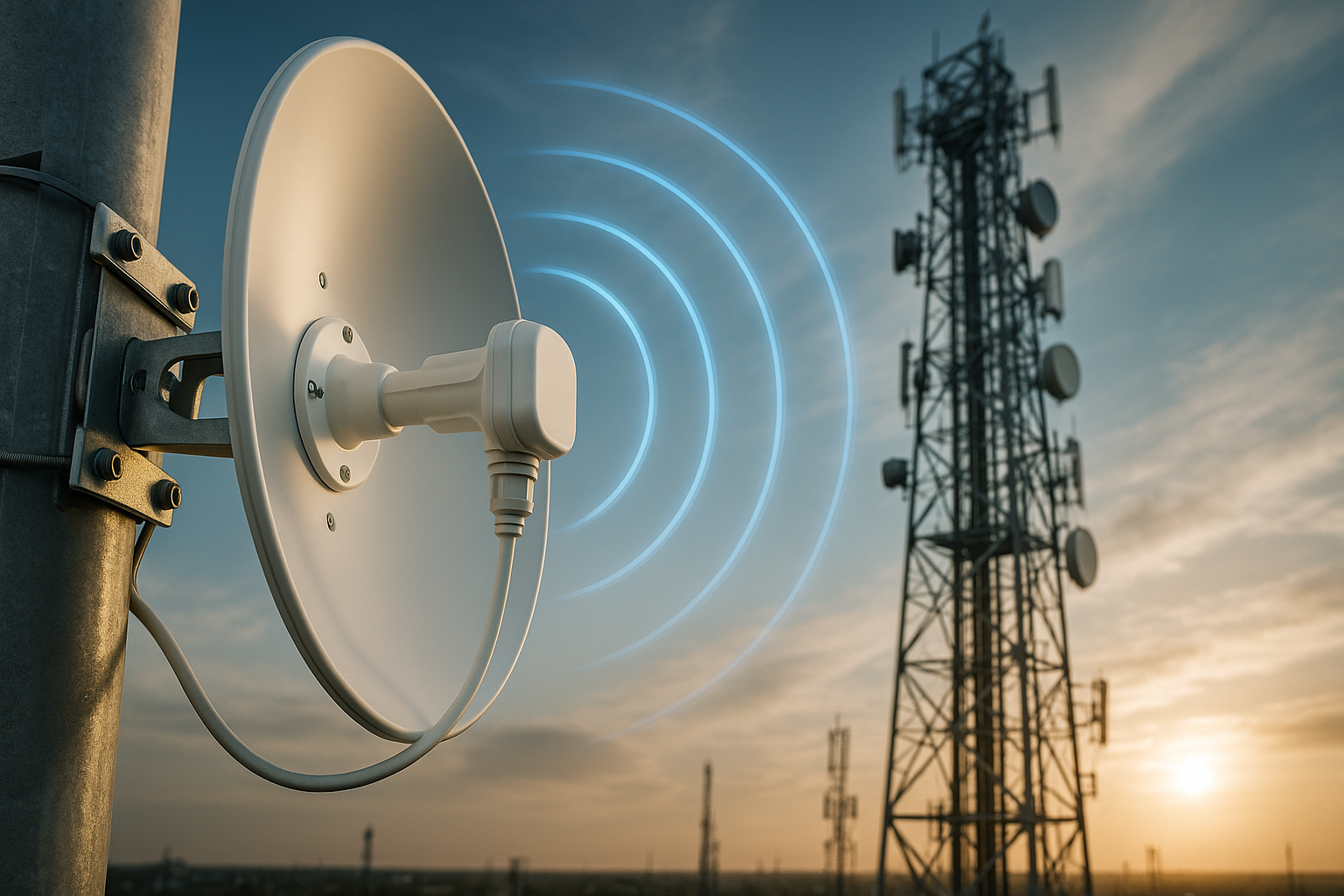Understanding the Difference Between Satellite and Fiber Internet Structures
This article explores the differences between satellite and fiber internet structures, outlining their unique advantages and limitations. It helps readers compare speed, reliability, and accessibility to make informed decisions that match their specific connectivity needs.

How Satellite Internet Technology Works
Satellite internet relies on a complex system of space-based satellites and ground equipment to provide internet connectivity. The process begins when a user’s satellite dish sends signals to satellites orbiting approximately 22,000 miles above Earth. These signals then travel to ground stations, called Network Operations Centers (NOCs), which process and route internet traffic. This communication chain creates a complete circuit, enabling two-way internet connectivity for users in remote or rural locations.
Fiber Internet Infrastructure and Design
Fiber internet utilizes a network of thin glass or plastic cables that transmit data using pulses of light. These fiber-optic cables are typically buried underground or mounted on utility poles, creating a physical network infrastructure. The light signals can travel long distances without degradation, allowing for consistently high speeds and reliable connectivity. The direct physical connection provides a fundamental advantage in terms of signal stability and latency.
Key Technical Differences Between Satellite and Fiber
The primary technical distinction between these technologies lies in their transmission methods. Satellite signals must travel vast distances through space, resulting in higher latency - typically 500-700 milliseconds. Fiber signals, traveling through cables at roughly 70% the speed of light, experience much lower latency, usually less than 10 milliseconds. Weather conditions can affect satellite signals, while fiber connections remain largely unaffected by environmental factors.
Availability and Infrastructure Requirements
Satellite internet offers near-universal coverage, requiring only a clear view of the southern sky and installation of reception equipment. This makes it particularly valuable for rural areas where physical infrastructure is limited. Fiber internet, while offering superior performance, requires extensive physical infrastructure installation, making it primarily available in urban and suburban areas with sufficient population density to justify construction costs.
Speed and Performance Considerations
These technologies offer distinctly different performance profiles. Fiber internet typically provides symmetrical upload and download speeds, ranging from 100 Mbps to several gigabits per second. Satellite internet generally offers lower speeds, with most services providing 12-100 Mbps for downloads and slower upload speeds. Additionally, satellite services often include data caps, while fiber typically offers unlimited data usage.
Current Market Options and Pricing Structure
| Service Type | Provider Example | Speed Range | Monthly Cost Range |
|---|---|---|---|
| Satellite | Starlink | 50-200 Mbps | $110-$500 |
| Satellite | HughesNet | 25-50 Mbps | $65-$150 |
| Fiber | AT&T Fiber | 300-5000 Mbps | $55-$180 |
| Fiber | Verizon Fios | 200-2300 Mbps | $50-$120 |
Prices, rates, or cost estimates mentioned in this article are based on the latest available information but may change over time. Independent research is advised before making financial decisions.
The structural differences between satellite and fiber internet technologies directly influence their applications and suitability for different user needs. While satellite internet provides essential connectivity in areas without physical infrastructure, fiber internet delivers superior performance where available. Understanding these distinctions enables users to evaluate which solution best matches their specific circumstances and requirements.




